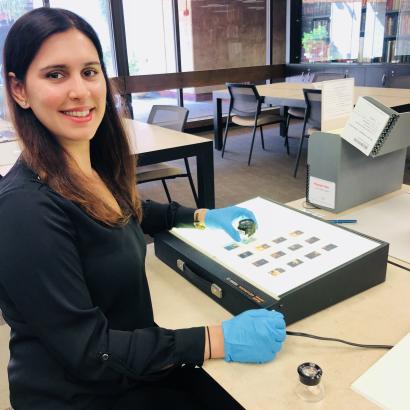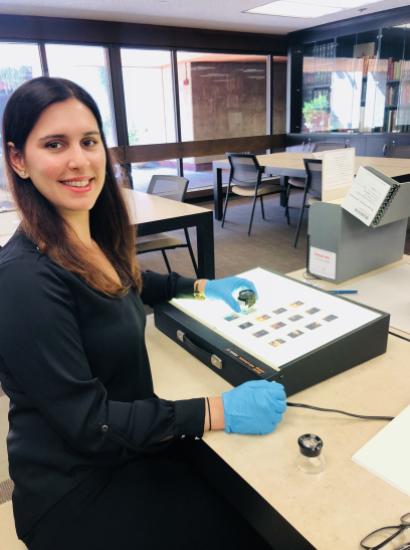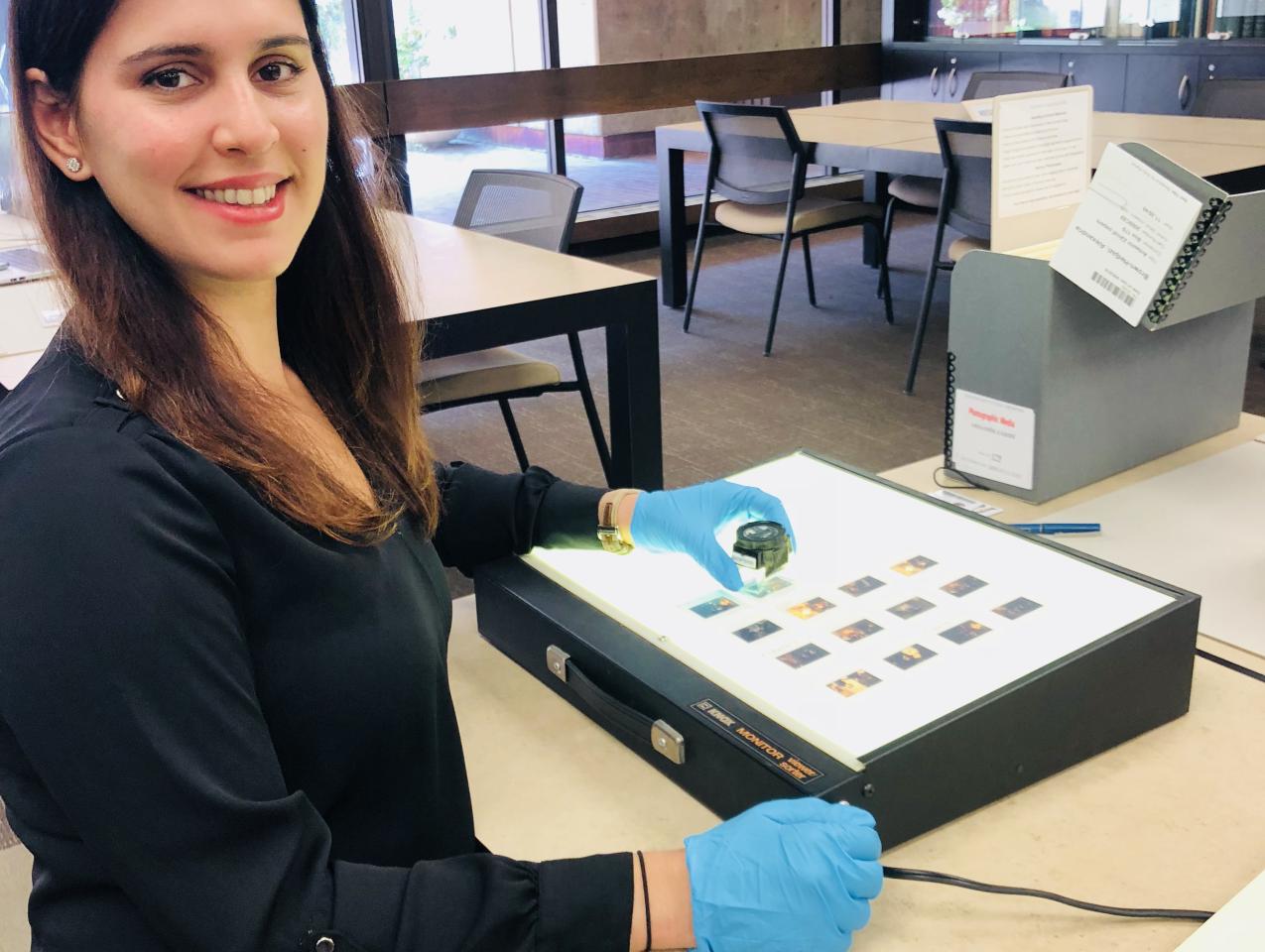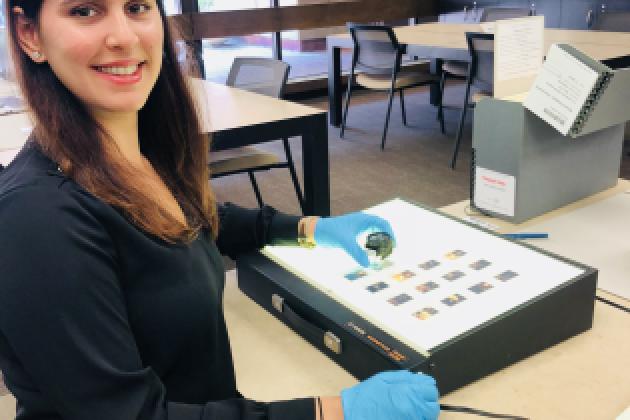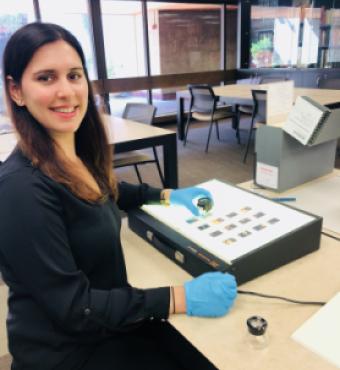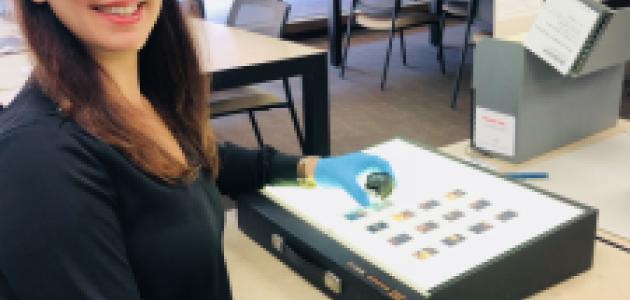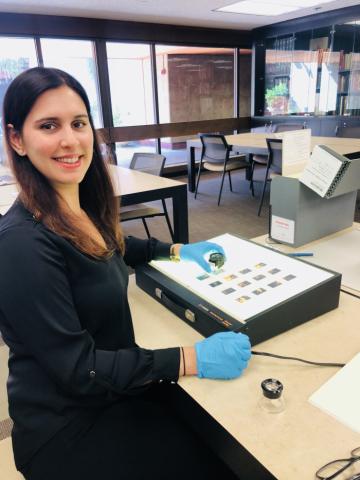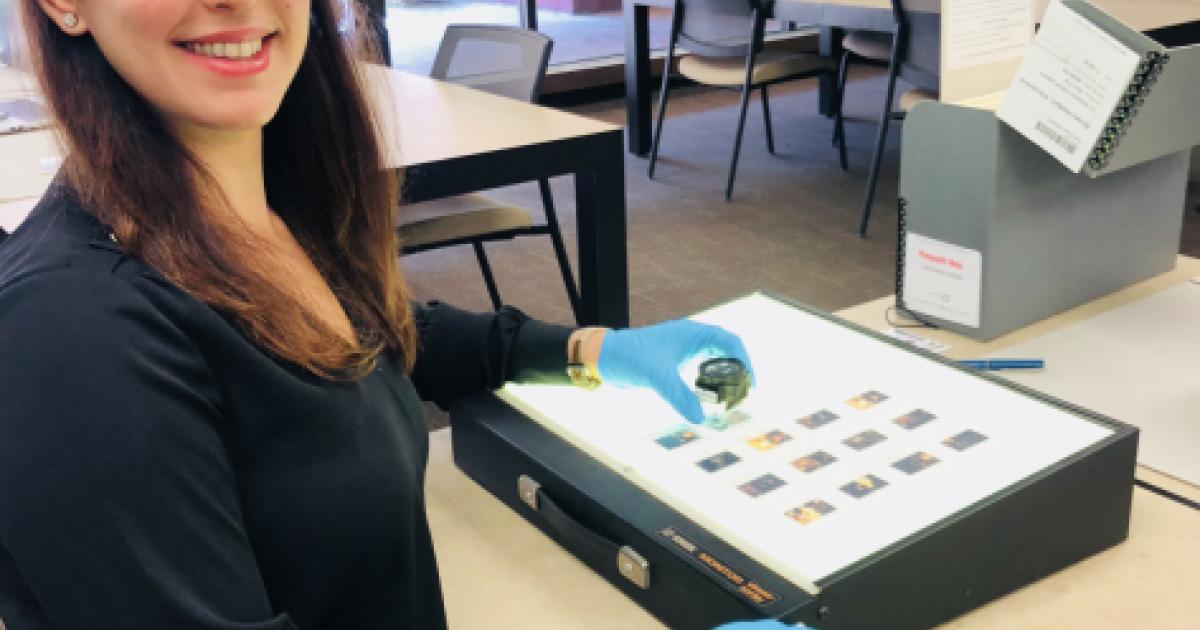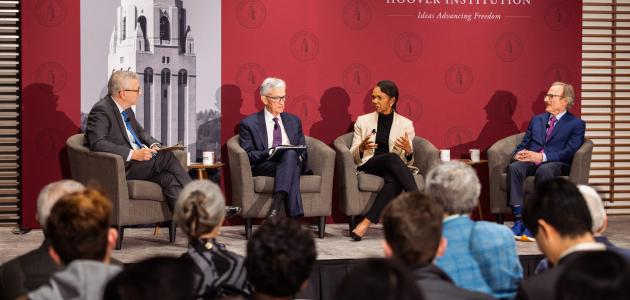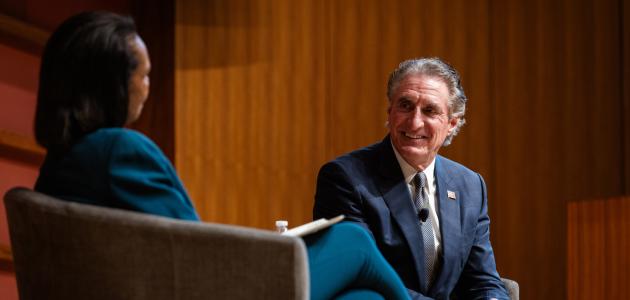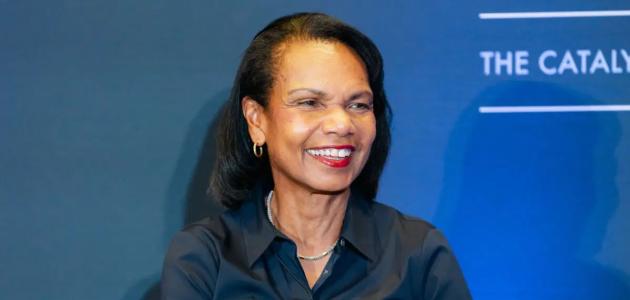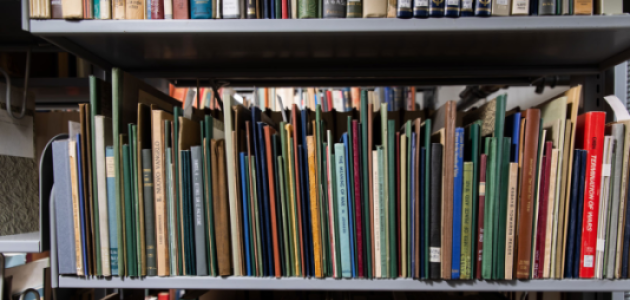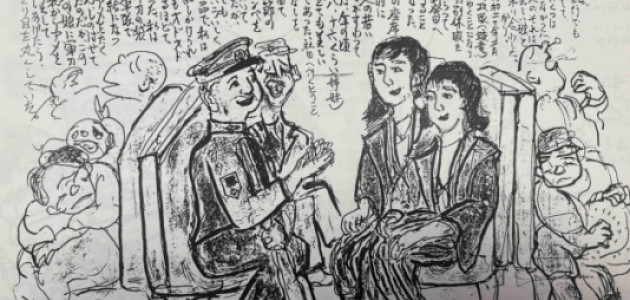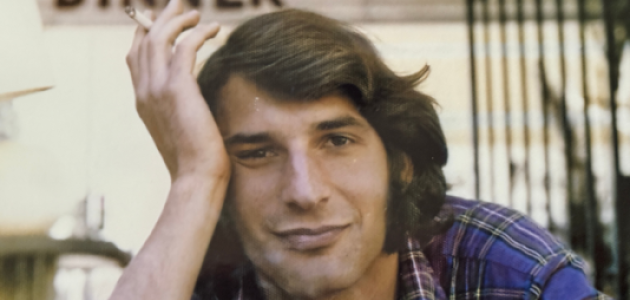
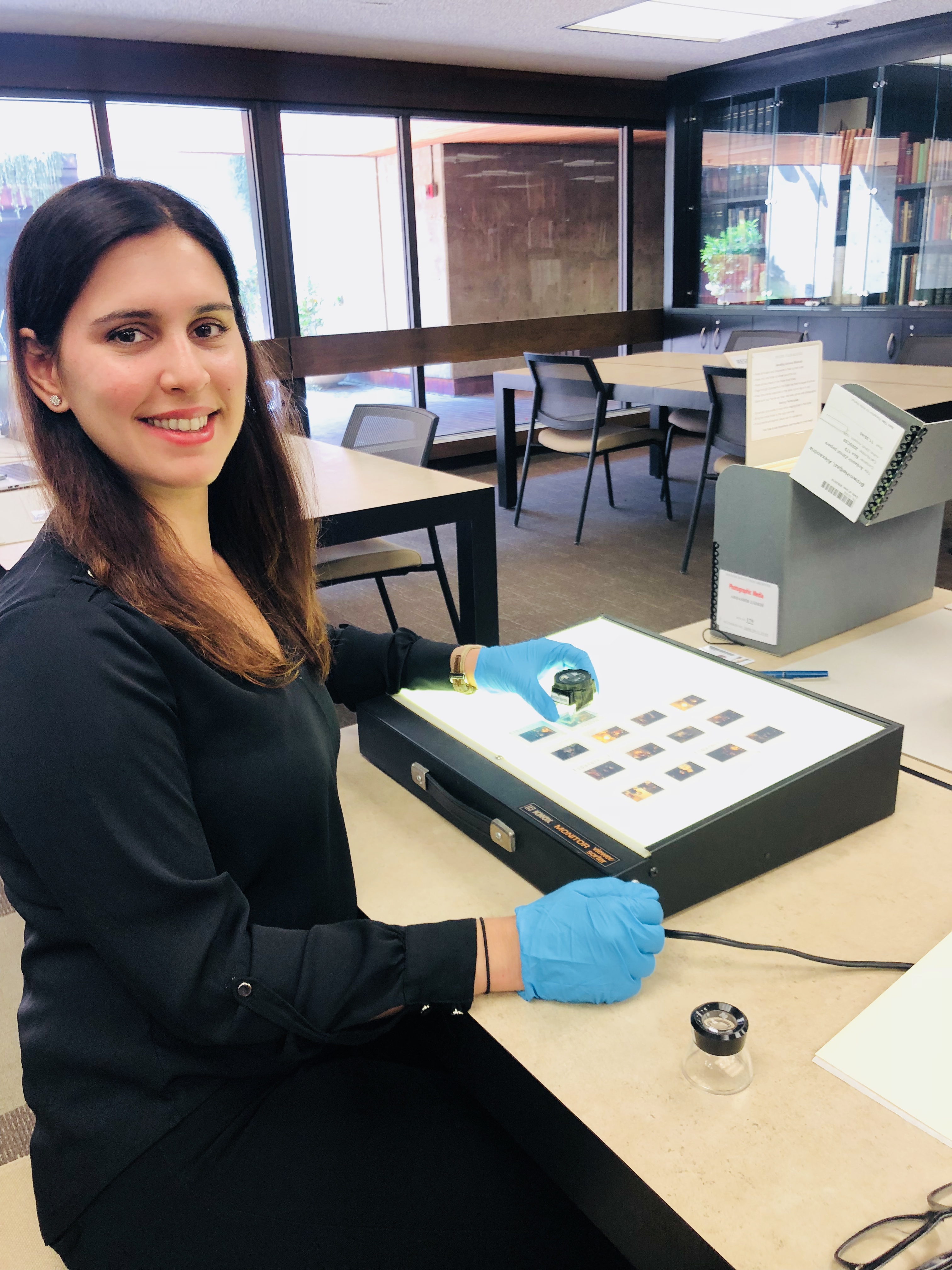
From 1967-1977, Iran hosted one of the most experimental festivals in modern history. The Shiraz Arts Festival (or Jashn-e Honar-e Shiraz in Persian) invited musicians, dancers, dramatists, and filmmakers from all over the world to perform on ancient and modern sites around the historic city of Shiraz. Shajarian strummed the classical santur under the dome of Hafez’s tomb, drummers from Rwanda performed atop the royal stairway of Persepolis, and Stockhausen conducted electronic symphonies in the courtyard of a Safavid palace (just to name a few). The festival lived up to its goal of striking an international dialogue through the medium of art and performance. Collectively, the participants and organizers of the Shiraz Arts Festival explored questions of cultural preservation in the process of modernization—the same debate that fueled the onset of the Iranian Revolution. My research examines the intersection of politics, aesthetics and new media technologies in 1970’s Iran and offers a fresh look at the festival as a site of diverse communication.
The Hoover Archive houses one of the largest collections of Iranian political materials in the United States. Access to primary materials relating to 1970s Iran is decidedly difficult in the current political climate. The Hoover archive provides a unique opportunity to engage with a corpus of primary sources that reference political commentary, strategic use of art and media, and American-Iranian sites of cultural and political exchange. I primarily worked with the Iranian-American Foreign Policy Oral History Project; the Shawkat Collection; the Shu’a’iyan Papers; the Moussavi Papers; the Hitselberger Collection; the Iran Subject Collection; the Iran Freedom Foundation Papers; the Iranian Embassy Collection; and lastly, the Ardashīr Zāhidī Papers.
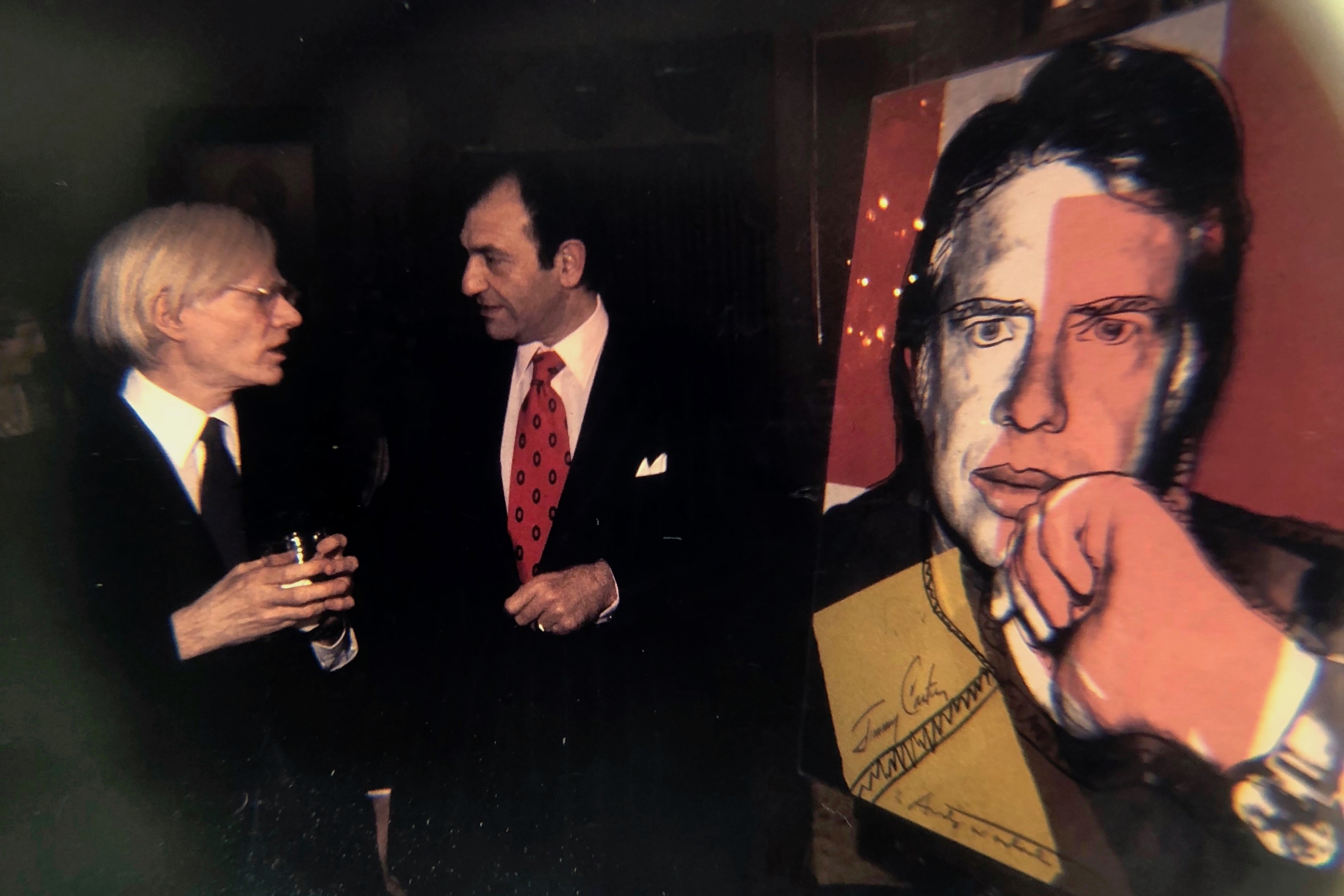
One of my most exciting archival discoveries was a transcript of goals written by the Pahlavi government in preparation for Iran’s 2,500th Year Celebration of the Persian Empire. While the event was not directly connected to the Shiraz Arts Festival, both dealt with dialectics of heritage and progress, and both were broadcast into domestic interiors throughout Iran. For three days in October of 1971, the Shah and Empress of Iran hosted an anniversary event for the founding of the Persian Empire. Emperors, sheikhs, queens, kings and presidents (along with 50,000 song birds, eighteen tons of delicacies from Maxims in Paris, and 30 kilograms of Caspian caviar) were flown in from around the world and accommodated in a temporary city—designed from 40 kilometers of silk—on the ruins of Persepolis. At the tomb of Cyrus the Great, Reza Shah Pahlavi gave a speech praising Cyrus as the first defender of human rights in history. The event was later criticized for its huge amounts of extravagance and expenditures in the midst of Iranian economic turmoil, famine, and poverty. The document in the Hoover archive (part of the Hitselberger Collection) reveals a different side to the story. Written during the planning stages of the celebration, the transcript highlights a series of events dedicated to new centers of literacy training built by the government throughout the country. Additionally, the event was envisioned as a platform for advocating new human rights measures Iran had proposed to the United Nations, an institution then in its infancy. This transcript demonstrated the importance of approaching contested moments in history from both visual and textual sources, as each tells its own distinct narrative.
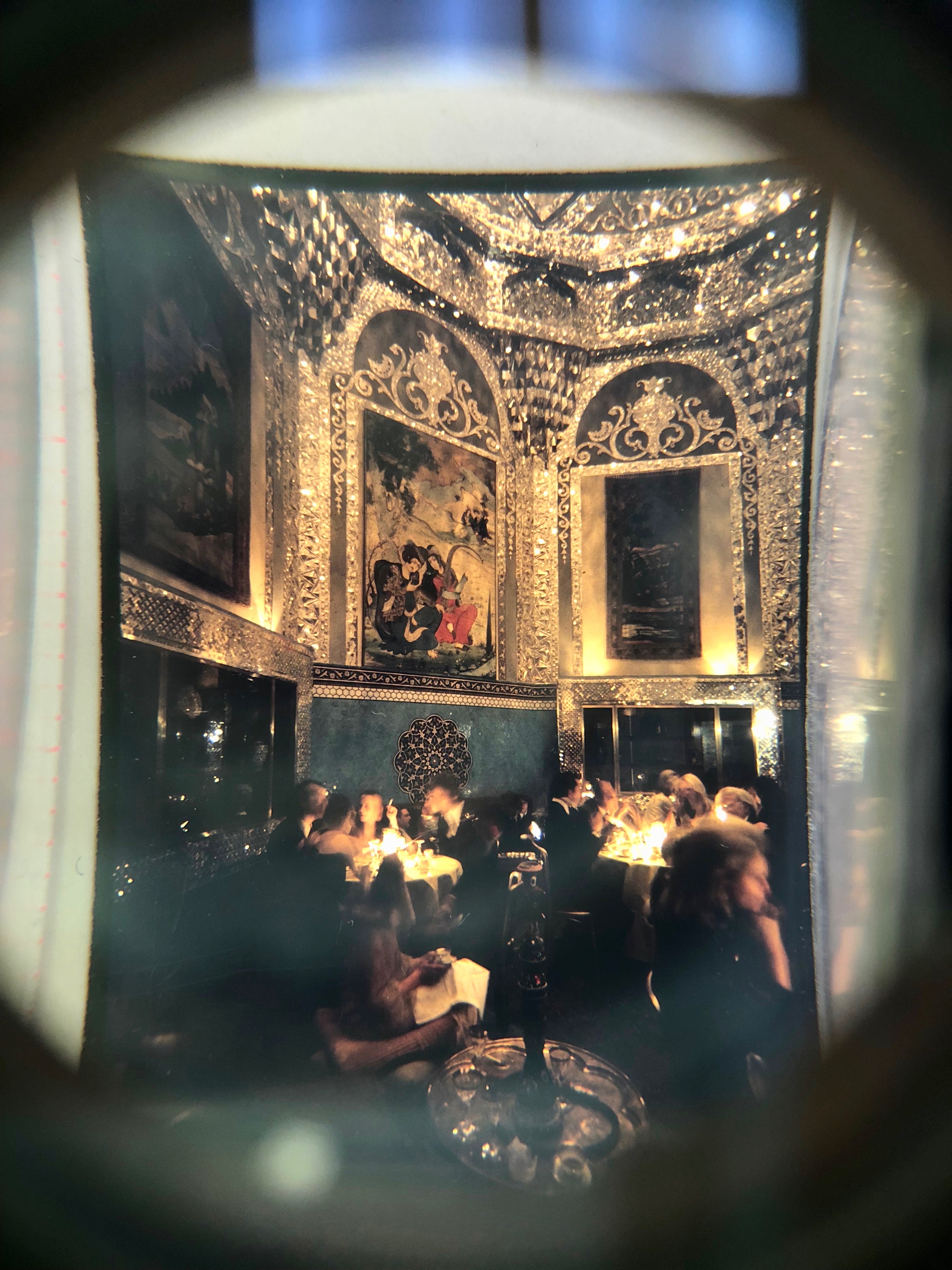
The Ardashīr Zāhidī Papers was my absolute favorite collection to work with, simply because of the feast of photographs and visual material that are preserved. Ardeshir Zahedi was the Iranian cultural and foreign minister and served as the ambassador to the United States and the United Kingdom during the 1960-70’s. My primary interest within his papers was the history of the Iranian Embassy in Washington D.C., which was a stunning architectural gem that is now completely abandoned. After calling Box 179 from the shelf, I initially felt defeated when I could not decipher the contents of a contact sheet of twelve small film transparencies. With the help of the archivists (and a lightbox and spyglass), the interior of the 1970s Iranian embassy was momentarily brought back to life. With my eye pressed up against the magnifying glass, I felt as if I was peering in on the past, in this case, a party given in honor of Andy Warhol’s portrait of President Jimmy Carter. Warhol’s print series, known as Jimmy Carter I (FS II.150), was meant to garner support from young voters. The photographs show the Iranian embassy in its golden era: intimate groups of American artists, celebrities, and politicians seated around bronze tables, huddled in conversation around diamond-encrusted hookahs and porcelain cups of tea. The room, dark and lit only by candles, was covered floor to ceiling in glimmering mirrored mosaics that encircled Persian miniature paintings of medieval romance poetry.
If the Ardashīr Zāhidī papers illustrate the embassy’s sparkling age, the Ali Tabatabai papers narrate its decline. To me, part of the beauty of the Hoover archives is that you can follow the entire history of modern Iranian diplomacy in one institution. Ali Tabatabai was the former press attaché at the Iranian Embassy. With the onset of the 1979 Revolution, Tabatabai started a passionate campaign for a democratic Iran through the formation of his “Iran Freedom Foundation.”
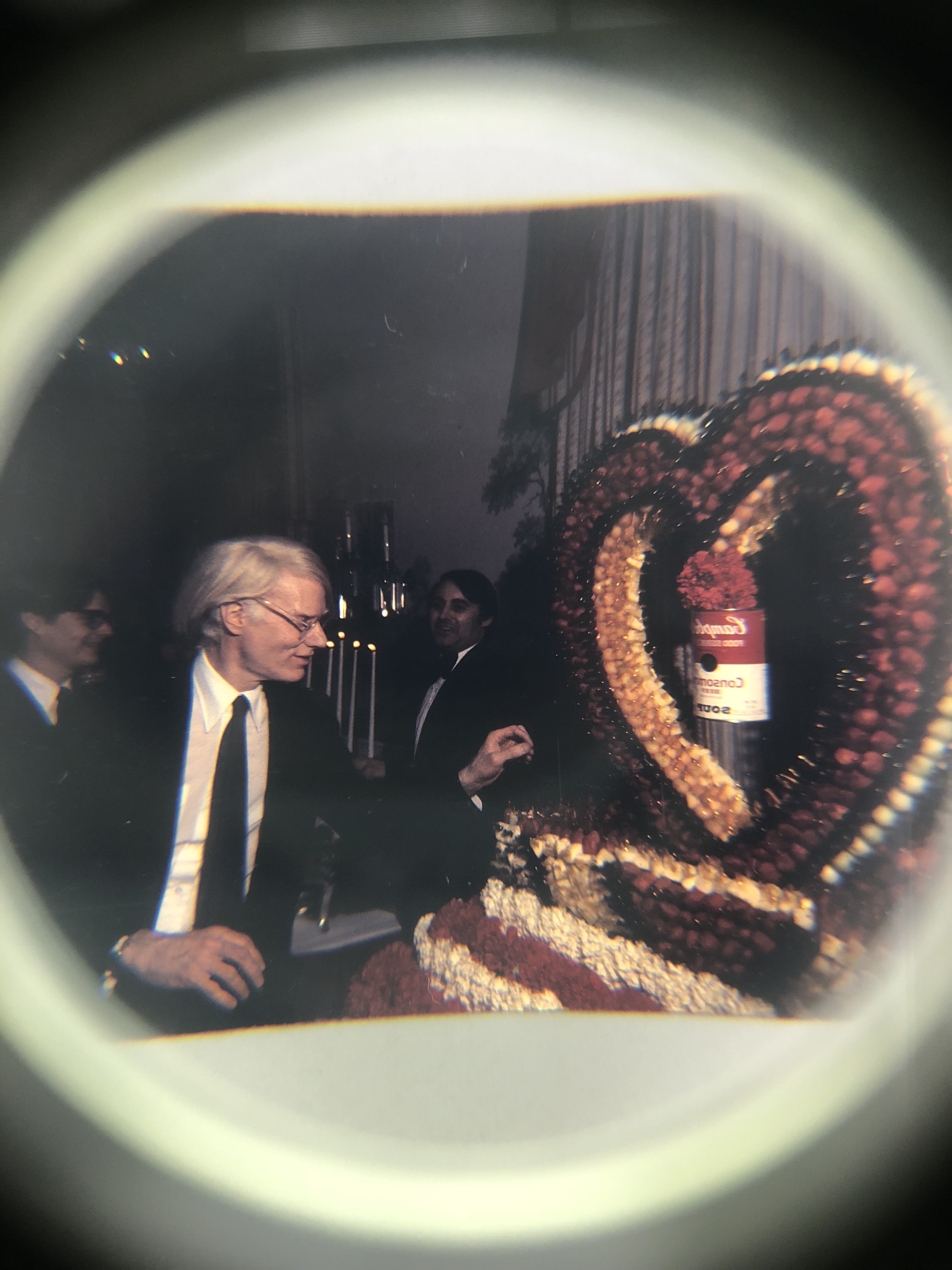
The Hoover owns all of Tabatabai’s original correspondence, including copious letters to President Carter and his administration concerning the use of the (post Revolution) Iranian embassy in Washington as a training ground for Khomeini-backed terrorists. It was an emotional experience to sort through Tabatabai’s letters, because his archive ends with news clippings of his assassination by a revolutionary disguised as a mailman (Dawud Salahuddin, an American convert to Islam who is currently still in exile somewhere in Iran). Tabatabai had been right all along: the embassy had become a site of dissent instead of diplomacy.
Both embassies (the Iranian embassy in Washington and the American embassy in Tehran) remain vacant ghost-like structures of their former selves. Another fascinating set of documents at the Hoover detail how the United States government auctioned off the possessions of the Iranian embassy after its official closure in 1980. One of the most valuable items on auction was the imperial Iranian ambassadorial dinner service made of silver, crystal, gold, and porcelain with painted symbols of the Shir-o-Khorshid or “the Lion and Sun,” the emblem of the Persian Crown. Malcom Forbes purchased the set in 1983 and used the imperial Iranian ambassadorial service in his Manhattan townhouse. Tracing the afterlives of these items is fascinating, and shows how material objects of embassies can be used as political collateral.
The deep well of material in the Hoover archives brings both embassies, if momentarily, back to life—offering insight into the fascinating period of Iranian-American diplomacy played out on the fault lines of the Cold War…in embassies, on theater stages, ancient tombs, and television sets. I’m immensely grateful to the Silas Palmer Research Fellowship, the Hoover Institution, the archivists, and Professors Fred Turner, Pam Lee, and Fabio Barry for their support and mentorship. As a Stanford PhD student in the Art History Department with a minor in Iranian Studies, I feel lucky to have such a valuable archive at my home institution. I look forward to returning soon.

Alexandria R. Brown-Hedjazi, PhD Candidate
Alexandria R. Brown-Hedjazi is a Stanford PhD student in the Art History Department with a minor in Iranian Studies




